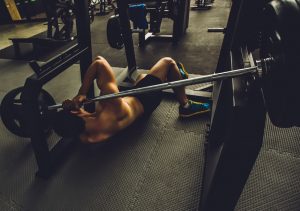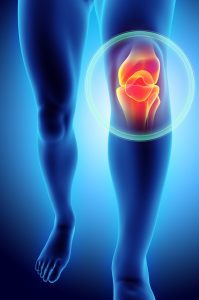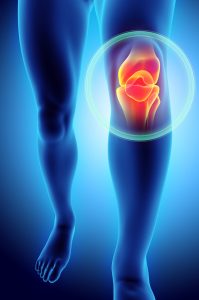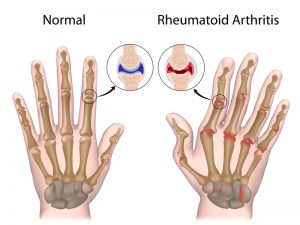In order to better understand what the word “power” describes in a sports or life setting, let’s take it back to high school physics.
Power = Work/Time OR (Force*Displacement)/Time OR = Force * Velocity
Power; typically measured in watts, quantifies how much force you apply over a distance, in an amount of time. Think of power as the rate at which you execute strength, or how hard/fast can you execute a movement. Walking Uphill= Less power than Running up the same hill. Easy Enough, Right?
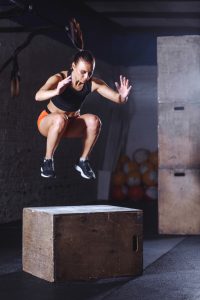
“Whats the deal Matt, Why is this important? I came here to learn about getting fit, not to get a lesson in physics from a meathead with a nice haircut”
Well, the reason we get anywhere is because of power. Power is the ability to take our strength (force) and apply it to Movement at a rate of speed (See Equation). Think walking down the stairs to catch the bus, throwing your coffee in the air when the neighbor’s cat scares you, chasing after the bus when you miss it because you spilled your coffee (but enough about my day, I digress). All of these actions are different measurements of power.
“Ah, I see where power fits into our lives, but I don’t play sports, how is power important to me?”
Not entirely! Yes, a softball player should be able to swing her bat hard, and a swimmer should be able to move quickly through the water, but all of these sports contain skills that we use in day to day life. Think throwing, jumping, running, twisting, changing direction, etc. Additional benefit to training power would be more applicable strength, improved athletic performance, joint resiliency, decreased fall risk, and improved cardiovascular health …(Don’t believe me? Try doing box jumps for 30 seconds, total soul crusher.)
“Onto the nitty gritty; how do I get better at this power thing?”
Reader, you’re in luck. Specificity states that in order to get better at something, we need to practice that thing. To become a more powerful everyday athlete, work in a power day or a few power focused moves into your current routines. Take a look back at our definition of power and we can see that it involves applying force quickly. Think jumps, tosses, slams, etc. A shoulder press translates to a med ball overhead toss, a box squat to a box jump, planking to heavy carries, and the list goes on. Talk with your exercise physiologist about incorporating power training specific to your goals and abilities!
-Matt Rhodes, M.S., EP-C


